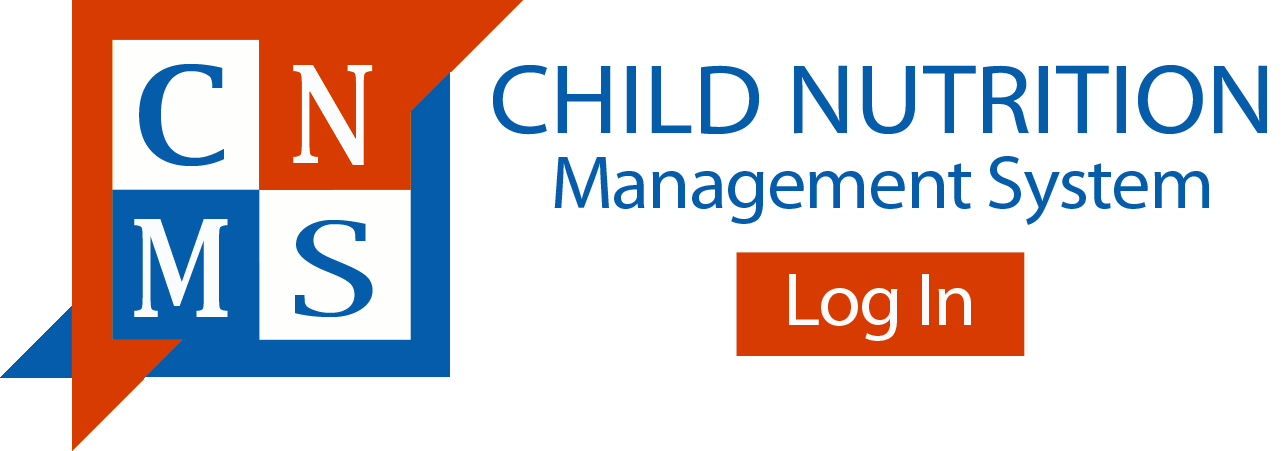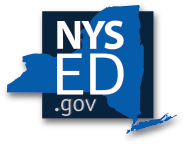Annual Financial Reporting Instructions, Net Cash Resources and Excess Fund Balance Limits
Annual Financial Reporting Instructions
The New York State Education Department (SED) will ensure compliance with net cash resources through annual reviews of SFAs' financial data. Public SFAs, including BOCES, report this information annually to the State Aid Management System via the ST-3 report. Non-public SFAs, Charter schools and Residential Childcare Institutes (RCCIs) report this information to SED via the Child Nutrition Management System (CNMS) Analysis of Cash Resources report. Instructions for submitting the required reports for your SFA type are outlined in the chart below.
|
SFA Agency Type |
Reports |
Where to submit documents/reports |
Submission Deadline |
How to file Reports |
|
Non-Public Schools & Charter Schools |
Analysis of Cash Resources - Form SA-603-F |
September 30, 2025 |
||
|
Residential Childcare Institutes (RCCIs) & Jails |
Analysis of Cash Resources - Form SA-603-F1 |
|||
|
Public School Districts |
ST - 3 (Schedule C) |
State Aid Management System (SAMS) *Managed by the SED State Aid Office |
||
|
BOCES |
SA - 111 |
State Aid Management System (SAMS) *Managed by the SED State Aid Office |
Net Cash Resources and Excess Fund Balance Limits
Federal regulations state that SFAs must limit their net cash resources (fund balance) to an amount that does not exceed three months’ average operating expenditures for their nonprofit food service account. Net cash resources are defined as all monies that are available; or have accrued to, a School Food Authorities (SFAs) nonprofit food service account, less cash payable. Monies may include, but are not limited to, cash on hand, cash receivable, earnings on investments, cash on deposit, and the value of stocks, bonds, or other negotiable securities.
SFAs net cash resources exceeding 3 months’ average operating expenditures are required to implement a plan to spend down excess funds. SFAs that had six months or more excess net cash resources at the end of the most recent closed out fiscal year, must submit an excess fund balance plan to SED. SFAs will be notified, beginning in November, if a plan is required. Please note, notifications will be generated from the Child Nutrition Management System (CNMS) and emailed to the active Admin and Users listed in CNMS.
It's important that program funds are used solely for program purposes, and any excess resources should be reduced through improving food quality or purchasing necessary supplies, services, or equipment. Accumulating funds for future projects is not permitted. SED may adjust the rate of reimbursement if the SFA continues to be out of compliance with net cash resources. The Cost Classification Chart is a useful tool for determining allowable direct and indirect costs.
Cafeteria fund reserves, also known as cafeteria reserves or deferred maintenance are only allowed if the following criteria are met:
- Funds will only be used for expenditures allowed under child nutrition program federal regulations.
- Proper procurement is followed.
- Funds will be used by the end of the fiscal year following the year in which they were deposited.
- Supporting documentation must be maintained.
Any negative balance in the account at the end of the year must be cleared by funds from non-federal sources, such as the general fund. A school food authority cannot carry a negative fund balance (Net cash resources) into the next school year. A negative fund balance exists when all net cash resources have been depleted, and the resulting negative balance constitutes a liability to the organization. SFAs with a negative fund balance will be notified by SED and required to transfer funds to the non-profit service account.



